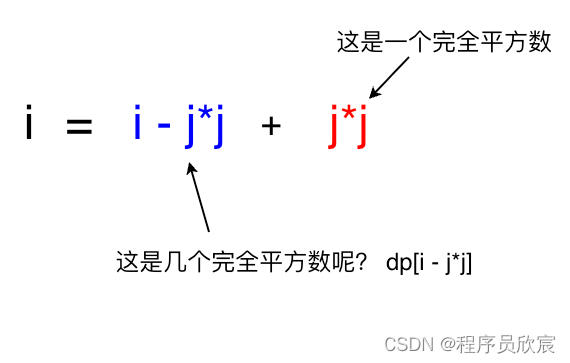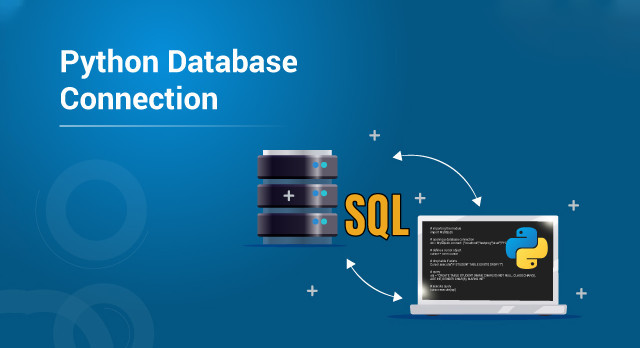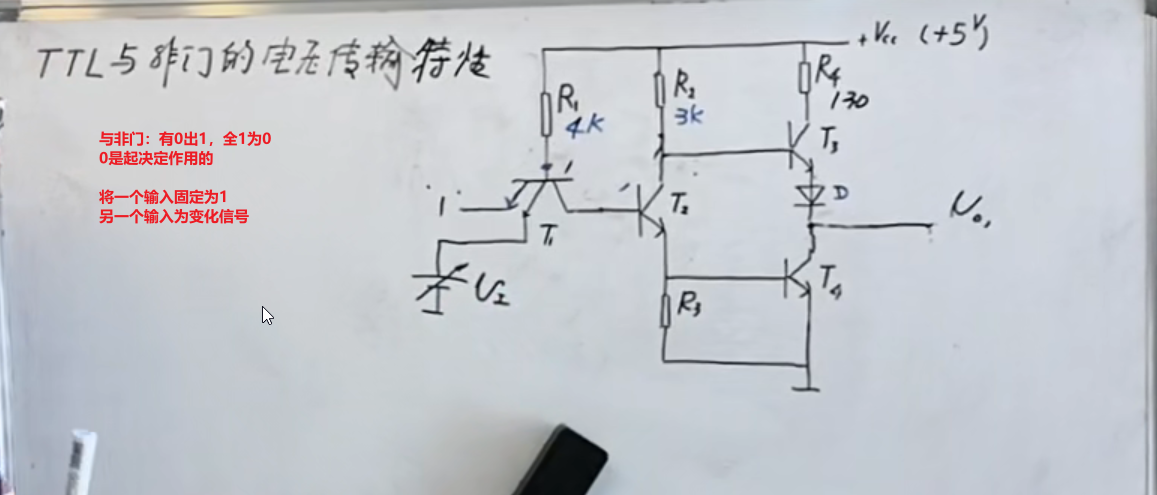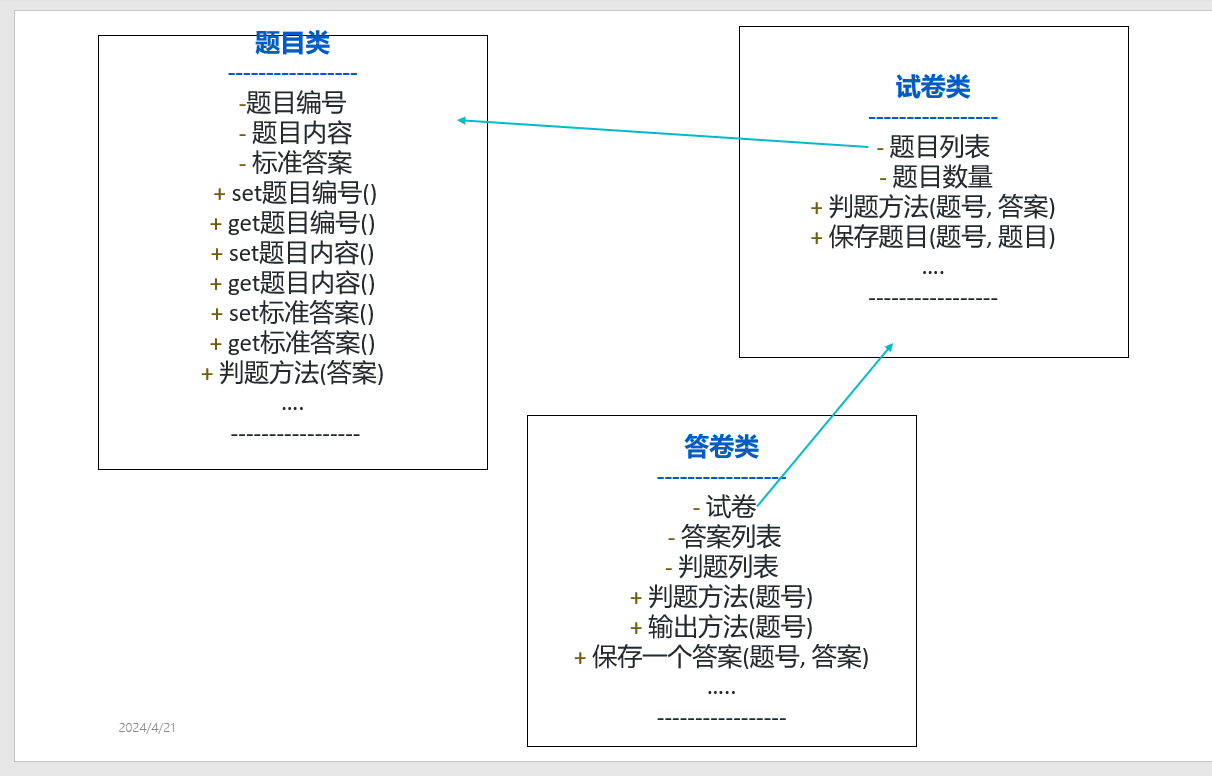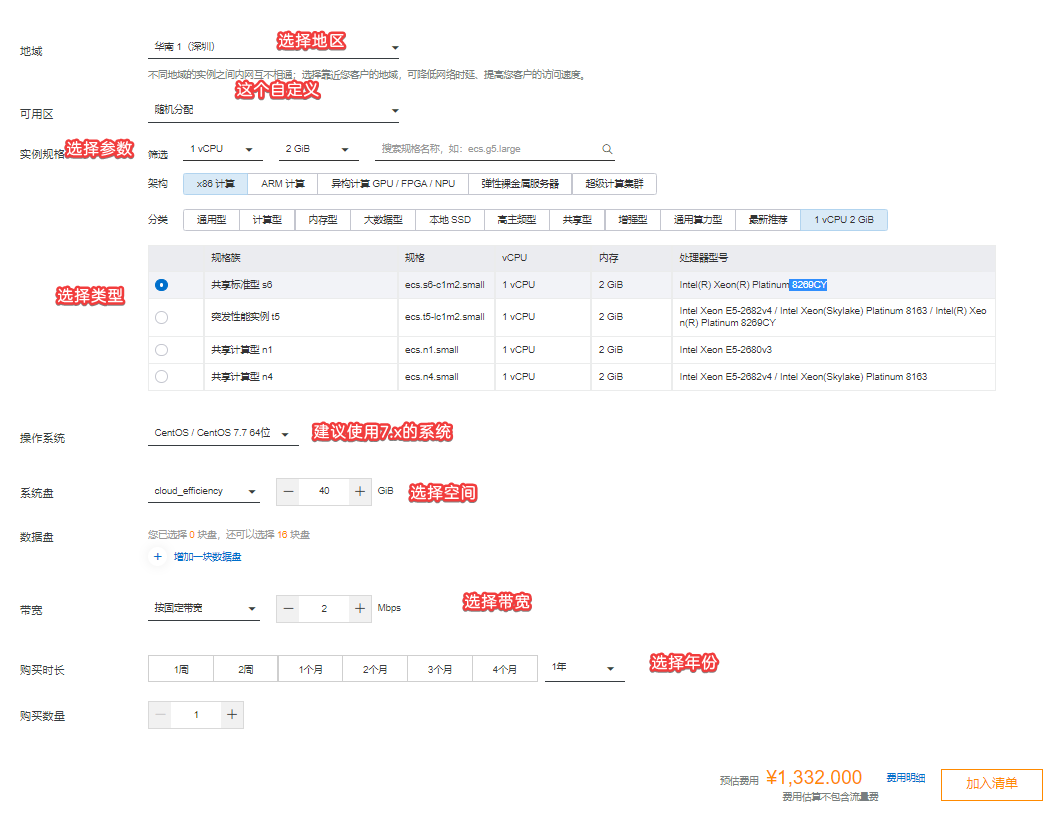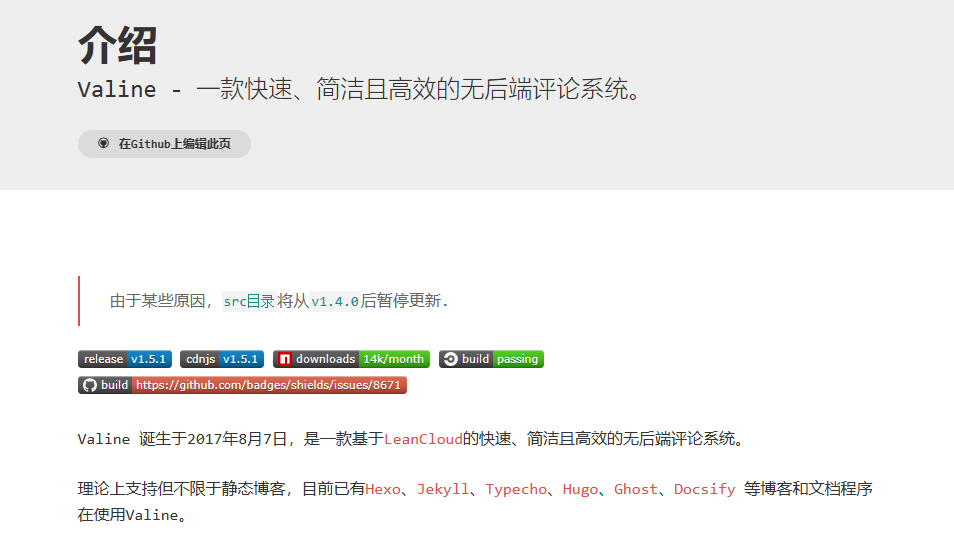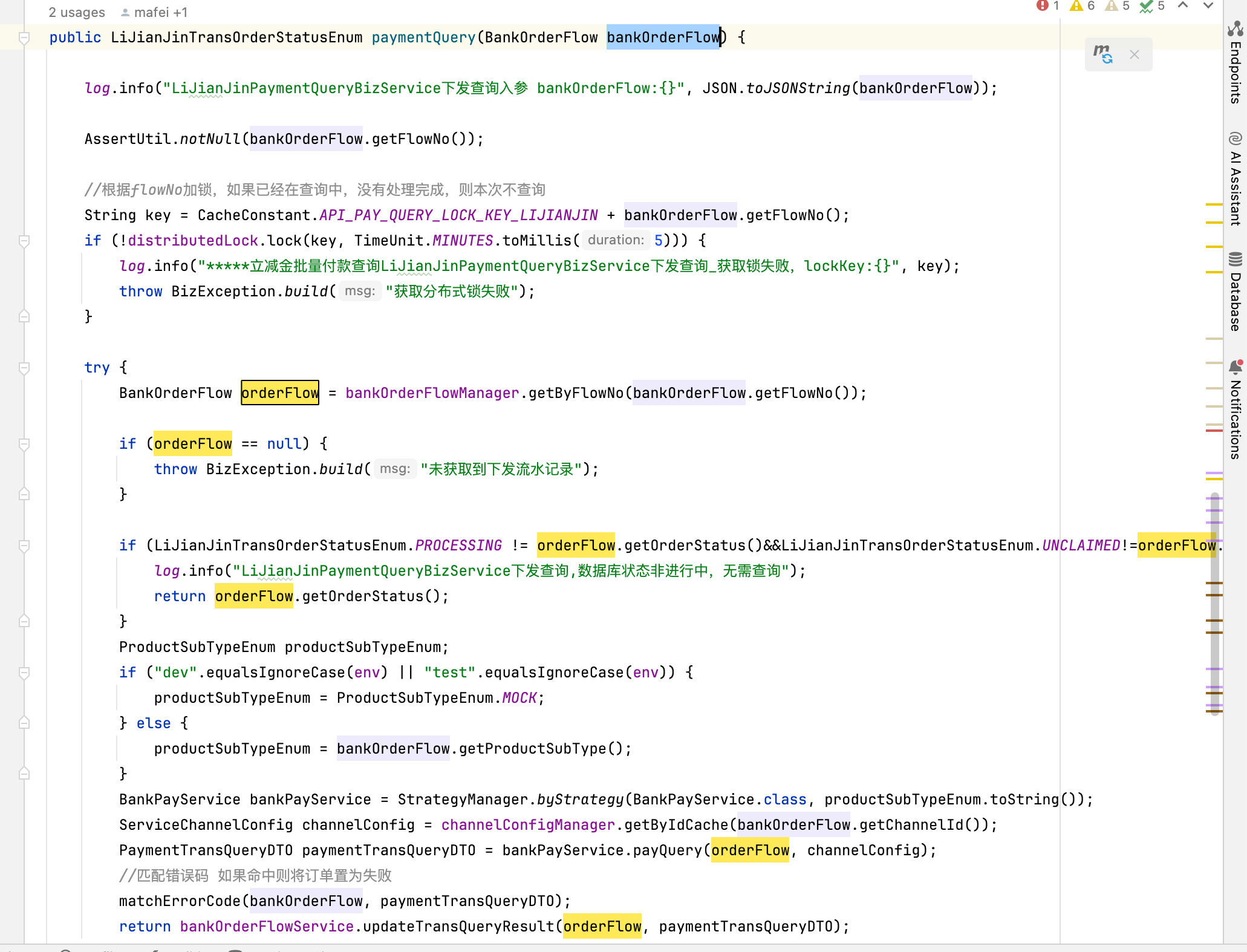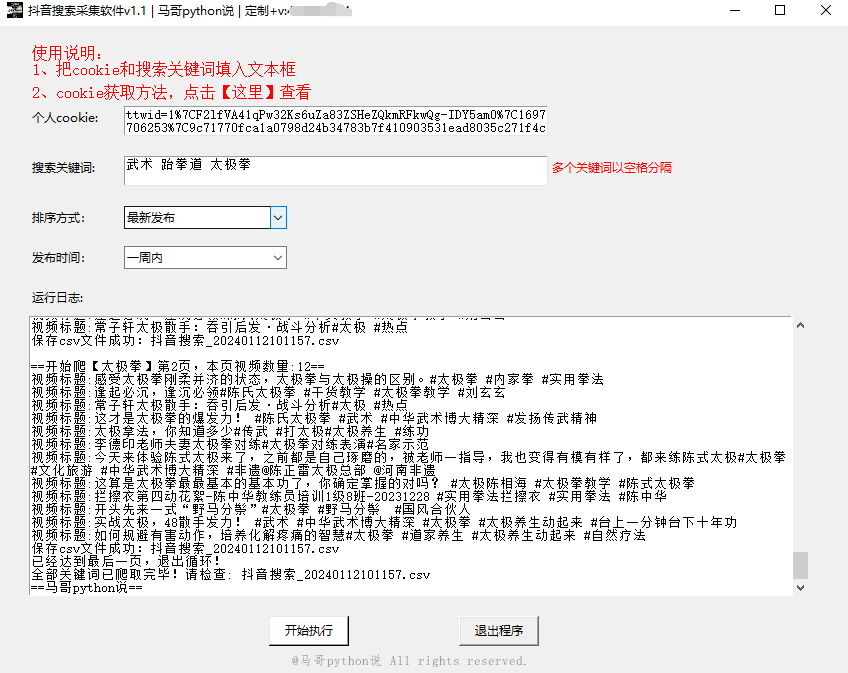1 定义错误码类
可以定义各种错误码枚举,比如业务,系统相关的报错信息
/**
* 错误代码
* 错误码
*
* @author leovany
* @date 2023/09/23
*/
public enum ErrorCode {
SUCCESS(0, "success", ""),
ERROR_PARAMS(40000, "请求参数错误", ""),
ERROR_NULL(40001, "请求数据为空", ""),
ERROR_LOGIN(40100, "未登录", ""),
ERROR_NO_AUTH(41001, "无权限", ""),
ERROR_SYSTEM(50000, "系统内部异常", "")
;
/**
* 错误码ID
*/
private final int code;
/**
* 错误码信息
*/
private final String message;
/**
* 错误码描述(详情)
*/
private final String description;
ErrorCode(int code, String message, String description) {
this.code = code;
this.message = message;
this.description = description;
}
public int getCode() {
return code;
}
public String getMessage() {
return message;
}
public String getDescription() {
return description;
}
}
2 定义业务异常类
-
相对于 java 的异常类,支持更多字段
扩展了
code和description两个字段 -
自定义构造函数,更灵活 / 快捷的设置字段
import com.leovany.usercenter.common.ErrorCode;
/**
* 业务异常
* 自定义业务异常类
*
* @author leovany
* @date 2023/09/23
*/
public class BusinessException extends RuntimeException {
/**
* 错误码
*/
private final int code;
/**
* 描述
*/
private final String description;
/**
* 业务异常
*
* @param message 信息
* @param code 错误码
* @param description 描述
*/
public BusinessException(String message, int code, String description) {
super(message);
this.code = code;
this.description = description;
}
/**
* 业务异常
*
* @param errorCode 错误代码
*/
public BusinessException(ErrorCode errorCode) {
super(errorCode.getMessage());
this.code = errorCode.getCode();
this.description = errorCode.getDescription();
}
/**
* 业务异常
*
* @param errorCode 错误代码
* @param description 描述
*/
public BusinessException(ErrorCode errorCode, String description) {
super(errorCode.getMessage());
this.code = errorCode.getCode();
this.description = description;
}
public int getCode() {
return code;
}
public String getDescription() {
return description;
}
}
3 全局异常处理器
-
通过Spring AOP实现,在调用方法前后进行额外的处理
-
作用
- 捕获代码中所有的异常,让前端得到更详细的业务报错信息
- 屏蔽掉项目框架本身的异常,不暴露服务器的内部状态
- 集中处理,比如还可以做记录日志
import com.leovany.usercenter.common.ResultVO;
import com.leovany.usercenter.common.ErrorCode;
import com.leovany.usercenter.common.ResultUtils;
import lombok.extern.slf4j.Slf4j;
import org.springframework.web.bind.annotation.ExceptionHandler;
import org.springframework.web.bind.annotation.RestControllerAdvice;
/**
* 全局异常处理类
*/
@RestControllerAdvice
@Slf4j
public class GlobalExceptionHandler {
/**
* 处理异常-BusinessException
* @param e
* @return
*/
@ExceptionHandler(BusinessException.class)
public ResultVO<?> businessExceptionHandler(BusinessException e){
log.error("businessException:" + e.getMessage(),e);
return ResultUtils.error(e.getCode(),e.getMessage(),e.getDescription());
}
/**
* 处理异常-RuntimeException
* @param e
* @return
*/
@ExceptionHandler(RuntimeException.class)
public ResultVO<?> runtimeExceptionHandler(RuntimeException e){
log.error("runtimeException:" + e);
return ResultUtils.error(ErrorCode.ERROR_SYSTEM,e.getMessage());
}
}
4 使用
throw new BusinessException可以在方法中,任意地方抛出,很方便
- 示例代码
@PostMapping("/login")
public ResultVO<User> userLogin(@RequestBody UserLoginRequest userLoginRequest, HttpServletRequest request) {
String userAccount = userLoginRequest.getUserAccount();
String userPassword = userLoginRequest.getUserPassword();
if (StringUtils.isAnyBlank(userAccount, userPassword)) {
throw new BusinessException(ErrorCode.ERROR_PARAMS);
}
User user = userService.doLogin(userAccount, userPassword, request);
return ResultUtils.success(user);
}
- 代码对比

5 前端请求效果

总结
通过封装全局异常处理,对异常信息做了统一处理,让前端得到更详细的业务信息,同时保证系统的安全性(不会暴露系统内部信息),在代码上对参数校验等方面提供更加方便的形式。
本文由博客一文多发平台 OpenWrite 发布!







